Deciduous trees bring so much to the garden – structure, spring blossom, shade and, often, autumn colour.
In autumn, the beauty of deciduous trees comes to the fore, offering impressive leaf colour in shades of yellow, orange and red that brighten the garden as we get closer to winter.
Below is a selection of beautiful autumn trees. Some are widely available and some are more rare, but all are suitable to grow in British and northern European gardens.
The best autumn trees for colour
Heptacodium miconioides

Fragrant, creamy-white flowers in late summer followed by pink and purple sepals, and bright-yellow leaves. Perfect for city and courtyard gardens, with full sun or dappled shade.
Height after 10 years 4m. Ultimate height 4-8m. Ultimate spread 2.5-4m. Hardiness rating RHS H5, USDA 7b-8a.
Acer cissifolium
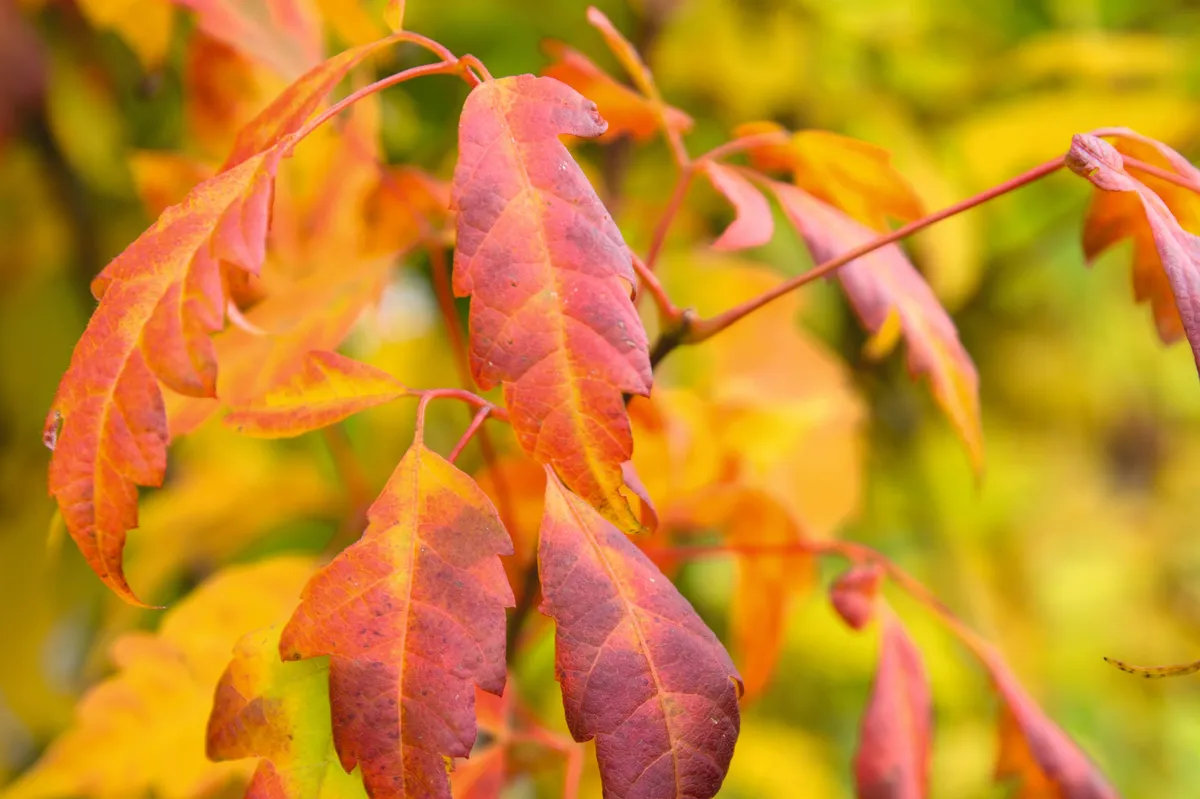
This acer is perfect for a solitary position in not too small a garden. Young shoots are grey, with reddish-brown specks that disappear with time. Matte dark green leaves turn an orangey red in autumn.
Height after 10 years 6m. Ultimate height 8m. Ultimate spread 10m. Hardiness rating RHS H4, USDA 8b-9a.
Acer griseum

This paperbark maple sheds its shiny orange-brown skin in the thinnest of layers. The leaves produce a firework display of autumn colours, from scarlet pink to crimson red. Will do well in any soil, unless very well-drained. Mind the planting distance to walls, given its spreading silhouette.
Height after 10 years 6m. Ultimate height 12m. Ultimate spread 8m. Hardiness rating RHS H5, USDA 7b-8a.
Cornus kousa ‘Teutonia’
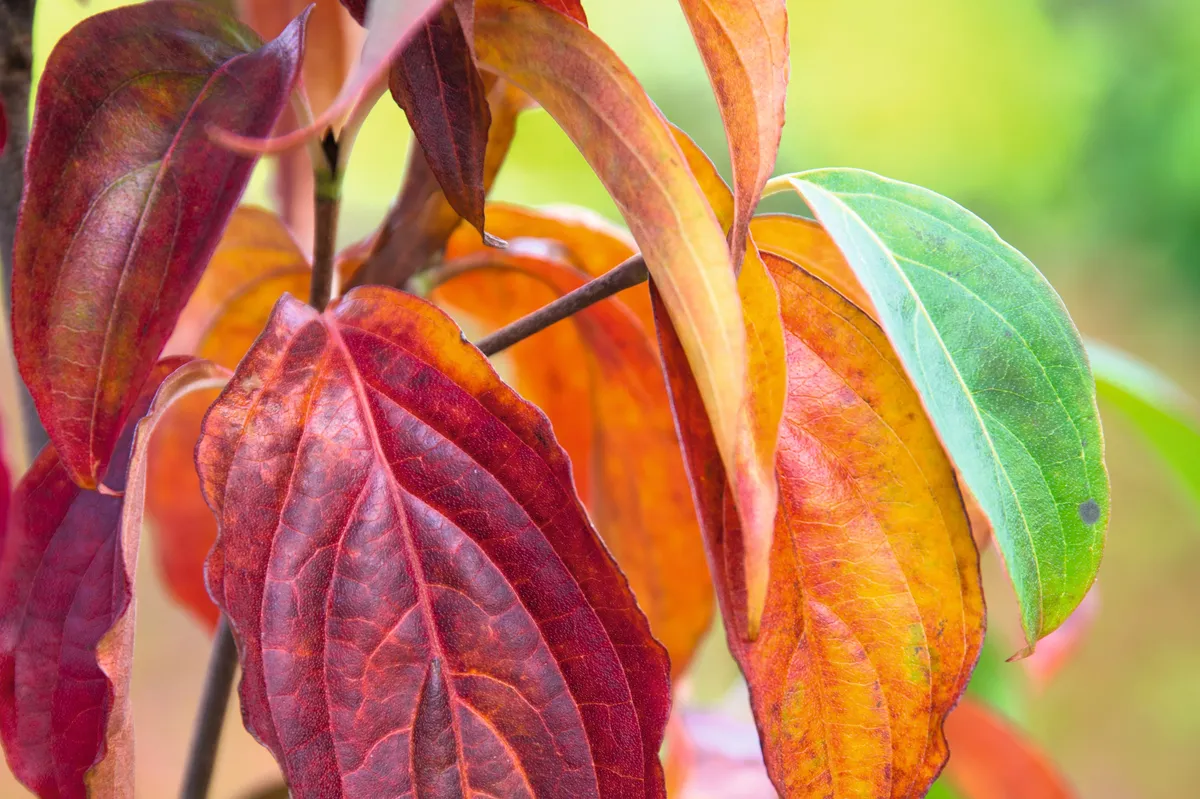
Slow growing when young, this dogwood will speed up after a few years then slow down again. Beautiful and ornamental with white, flowers speckled with pink, dark red autumn colour and pink fruits. Will succeed in any soil of good or moderate fertility, but dislikes shallow, chalky soils. Suits small gardens.
Height after 10 years 2.5m. Ultimate height 5m. Ultimate spread 3m. Hardiness rating RHS H7, USDA 6a.
Acer campestre

On chalky soil don’t forget our medium-sized native field maple, which we see lighting up hedgerows in October and November with its bright yellow shades. Also happy in heavy clay or acid soil.
Height 10m. Spread 7m.
Sorbus commixta
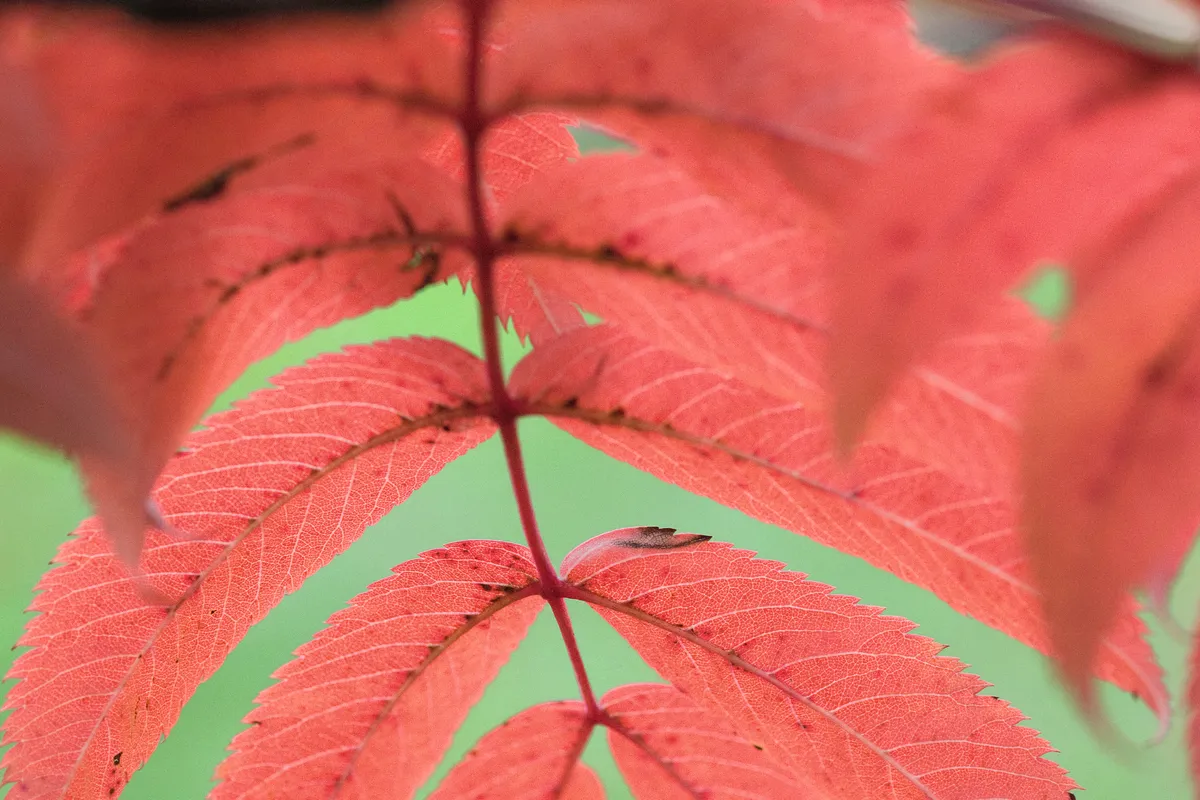
Great for late autumn fruits, the Japanese rowan is one of the last to hang on to its leaves and berries, almost into December. On a bright, sunny day the fiery orange autumn colours resemble a bonfire in the garden.
Height 10m. Spread 7m.
Nyssa sylvatica

The tupelo from North America is probably the most popular medium-sized tree to plant by water, for its rich scarlet autumn foliage. It grows slowly.
Height 20m. Spread 10m.
Prunus serrula ‘Branklyn’
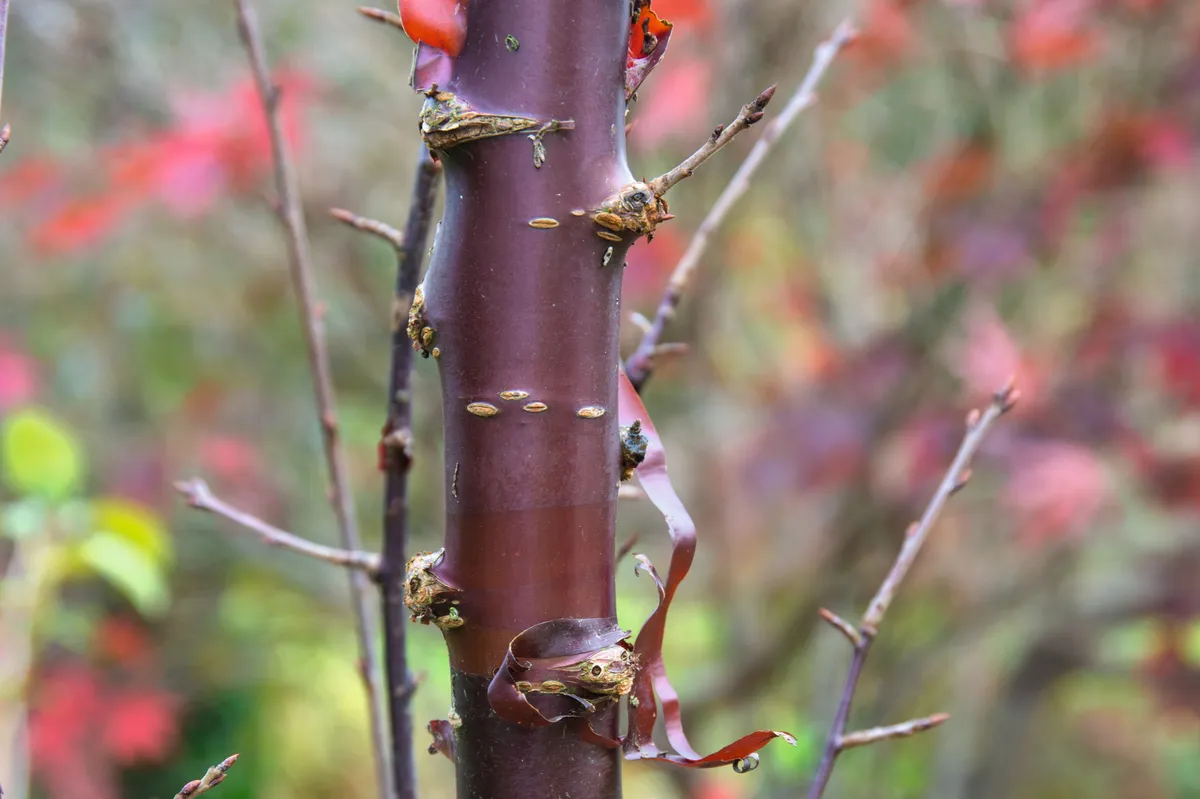
This slender, upright and round-headed tree has a gorgeous trunk, with shiny coppery brown bark that sheds in paper thin strips. White flowering, with narrow willow-like leaves that turn yellow in autumn. Needs full sun.
Height after 10 years 5m. Ultimate height 8-12m. Ultimate spread More than 8m. Hardiness rating RHS H7, USDA 6a.
Cornus officinalis
Buy from Thompson & Morgan (£29.99)

This cornus has yellow flowers in spring and beautiful (medicinal) red fruits in September – October with vivid reddish brown leaves. Prefers dappled shade.
Height after 10 years 5m. Ultimate height 5m. Ultimate spread 5m. Hardiness rating RHS H4, USDA 8b/9a.
Styrax japonicus ‘Fargesii’
Buy from Burncoose Nurseries (£27.50)
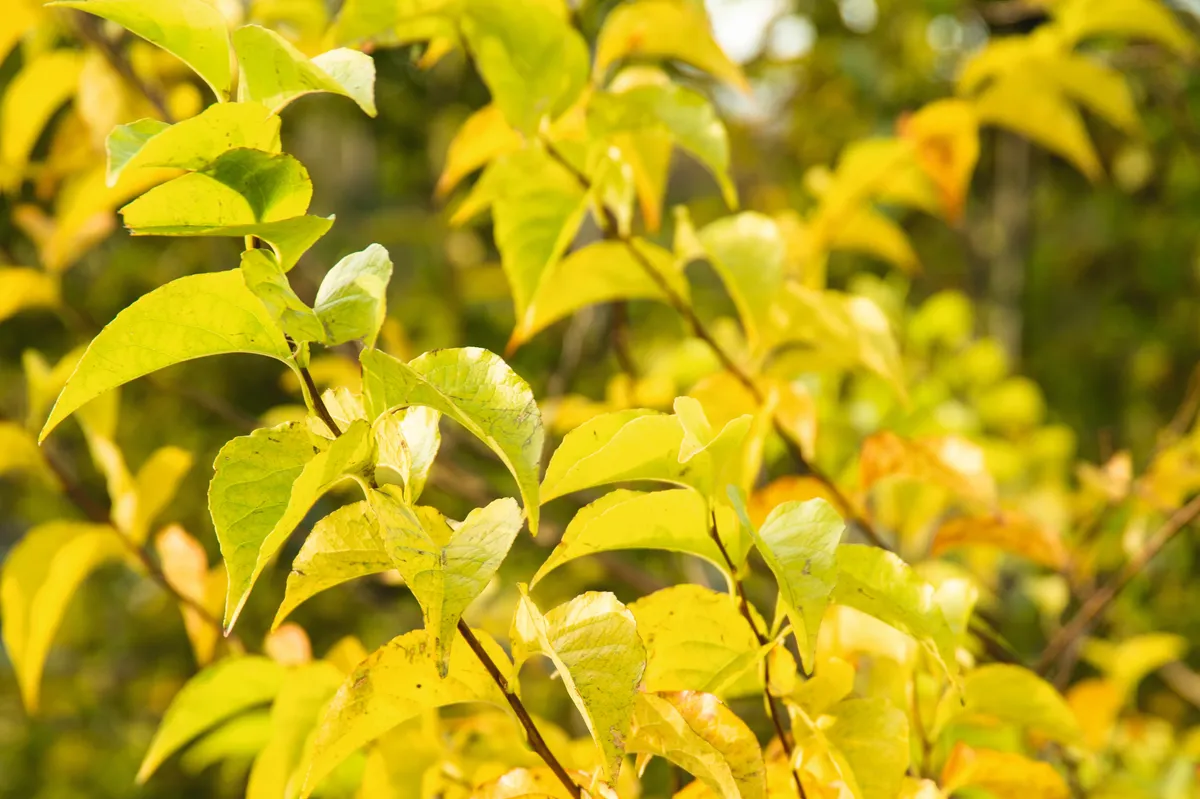
Bushy Japanese snowbell with finely pointed leaves that turn yellow and orange in autumn. Can be pruned and kept narrow.
Height after 10 years 5m. Ultimate height 8-12m. Ultimate spread 4-8m. Hardiness rating RHS H7, USDA 6a.
Mespilus germanica ‘Westerveld’
Buy from Paramount Plants (£70.00)
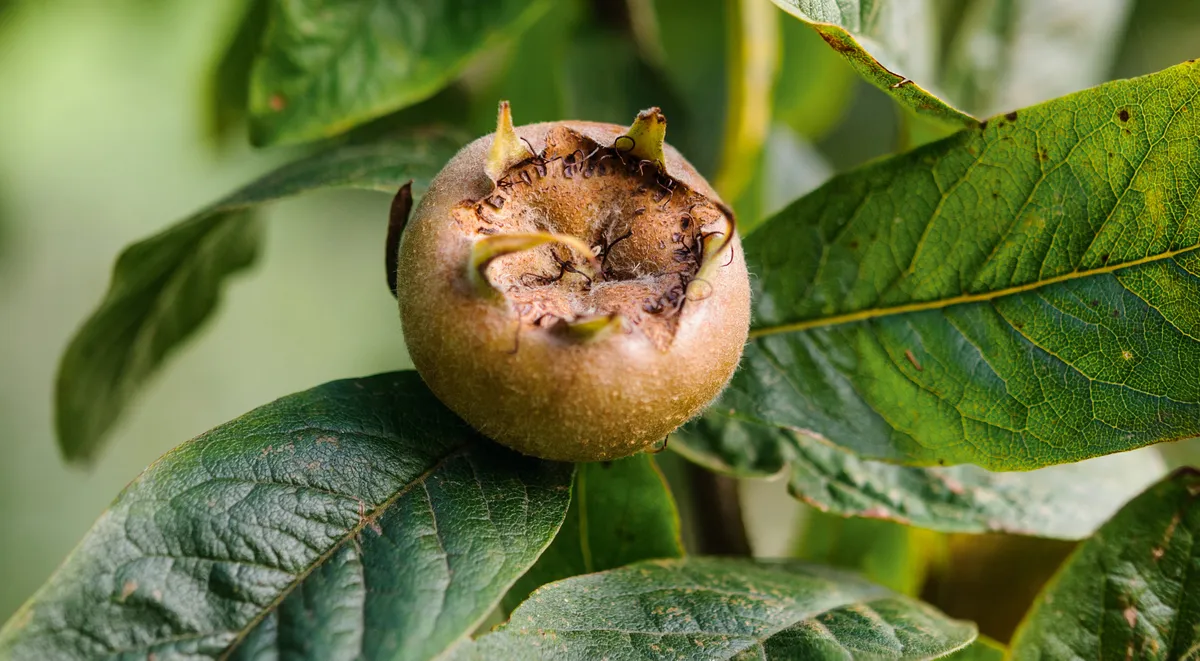
This attractive medlar prefers a sunny position and fertile soil. The foliage is green in spring and summer and a coppery orange-yellow in autumn. The fruit needs to 'blett' (ripen to the point of softness) before it is eaten.
Height after 10 years 4-5m. Ultimate height 5-6m. Ultimate spread 4-6m. Hardiness rating RHS H4, USDA 5a.
Pterostyrax corymbosa
Buy from Paramount Plants (£175.00)
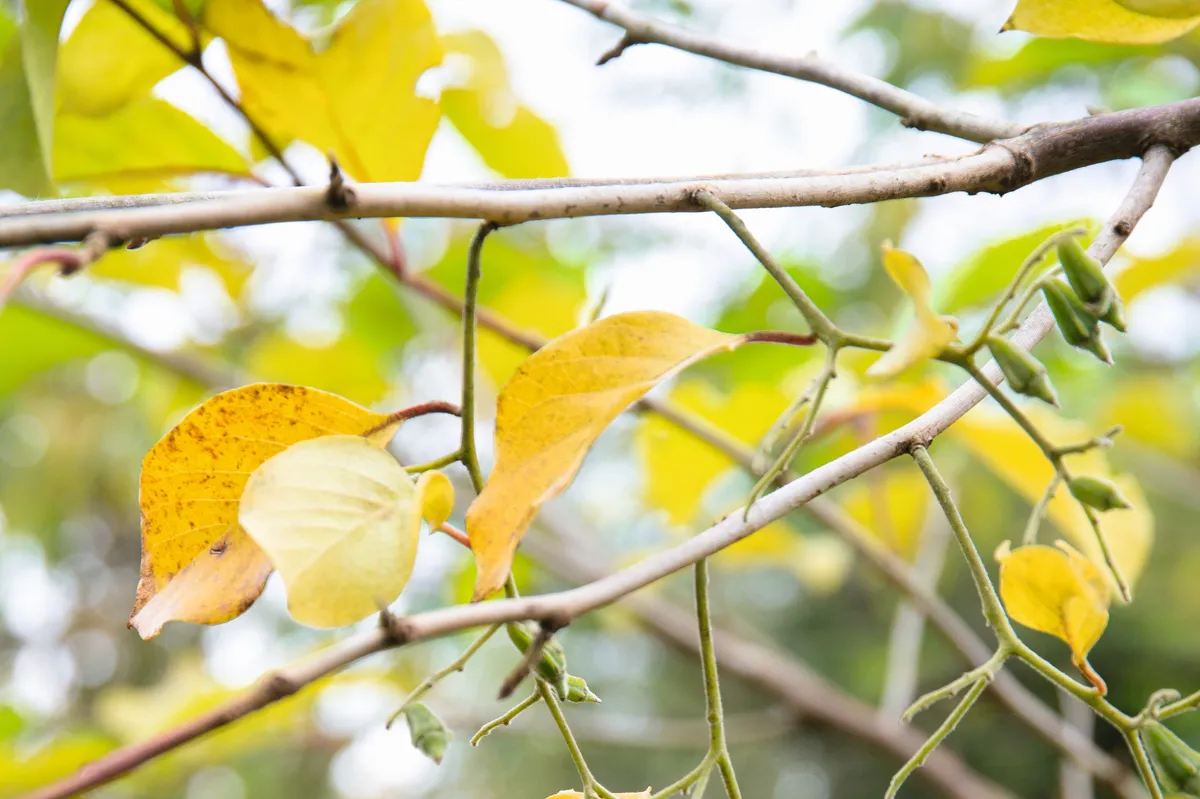
The epaulette tree is a moderate to fast grower, with a bumpy brown bark on its – generally multiple – stems. Around May to June it is covered in snowy drifts of fragrant white flowers, which will produce loads of hairy stone fruits in autumn among golden yellow leaves. Requires a good loamy soil, a sunny position, and shelter from cold winds. Perfect as a specimen.
Height after 10 years 5m. Ultimate height 12m. Ultimate spread 12m. Hardiness rating RHS H7, USDA 6a.
Acer negundo ‘Winter Lightning’
Buy from Frank P Matthews (£78.00)
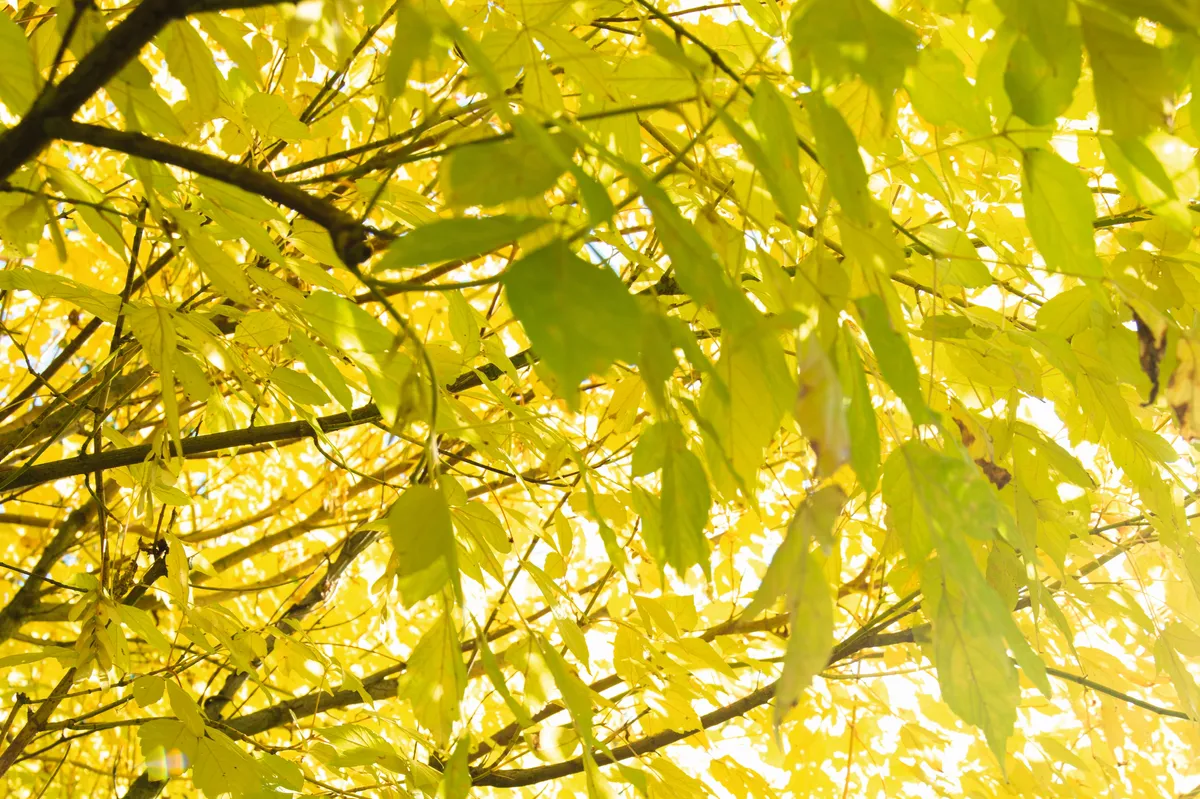
Its feathery, light green leaves turn a soft brownish yellow in autumn. Prefers full sun in well-drained soil.
Height after 10 years 6m. Ultimate height 15m. Ultimate spread 12m. Hardiness rating RHS H7, USDA 6a.
Fraxinus americana 'Autumn Purple'
Buy from Van Den Berk (£384.00)
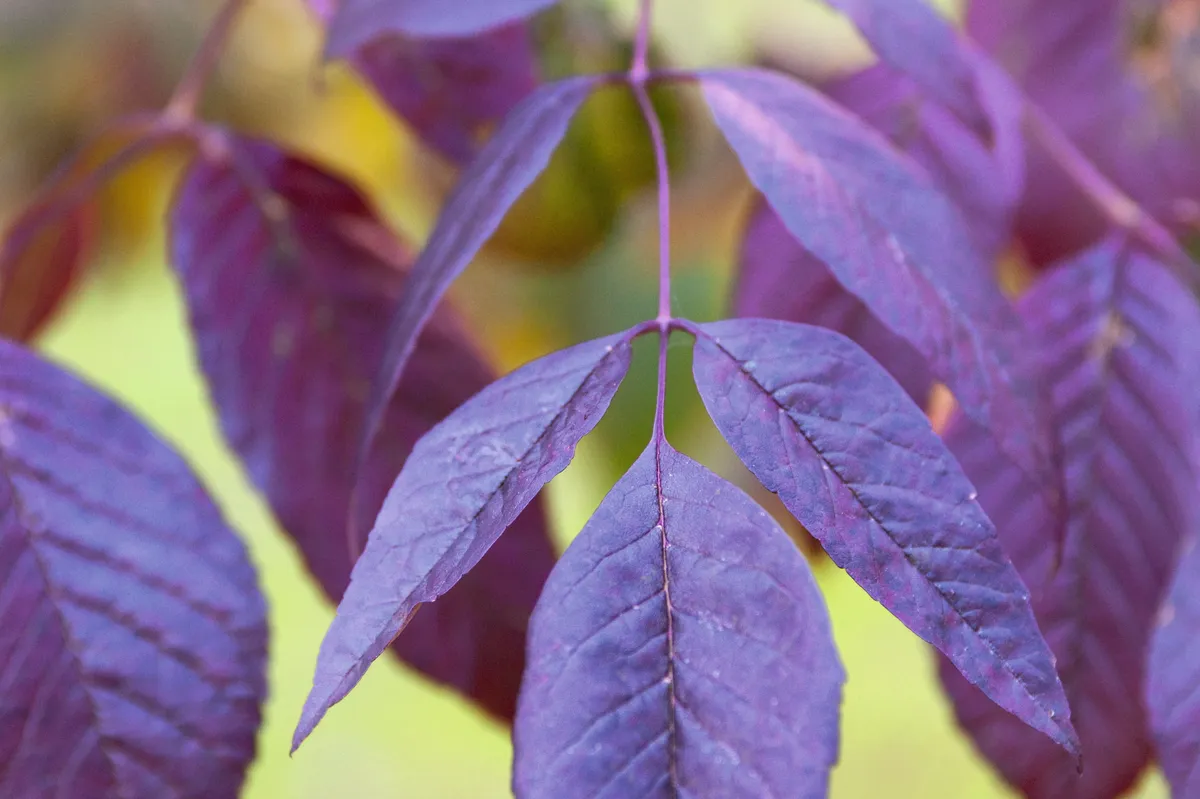
This large white ash is one of the first to change colour, with reddish-purple leaf shades, usually around the end of September.
Height 18m. Spread 12m.
Nyssa sinensis
Buy from Bluebell Arboretum & Nursery (£6.95)
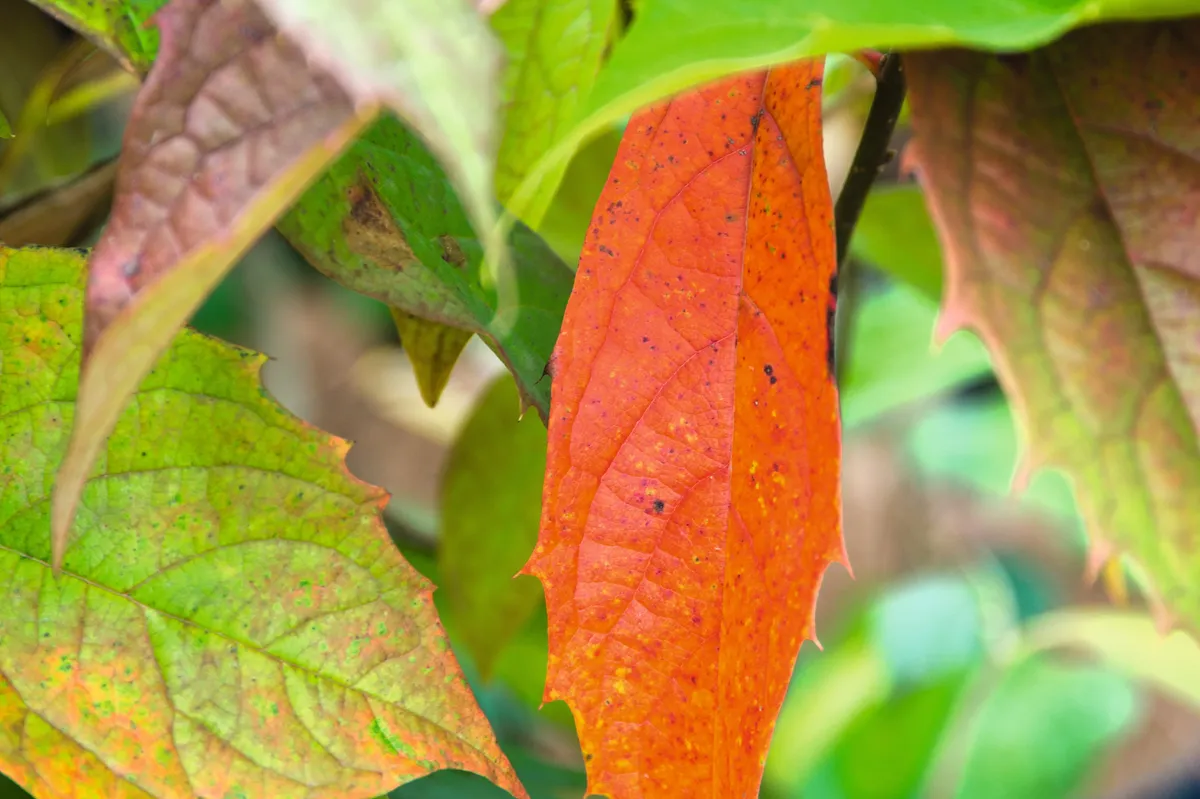
The foliage is bronze in spring, dark green in summer and a vibrant red and yellow in autumn. A more compact version of Nyssa sylvatica, this grows well in moist, humus-rich soils. Needs sheltering from cold, dry winds.
Height after 10 years 4m. Ultimate height 8-12m. Ultimate spread More than 8m. Hardiness rating RHS H6, USDA 7a.
Stewartia pseudocamellia Koreana Group
Buy from Van Den Berk (£537.00)
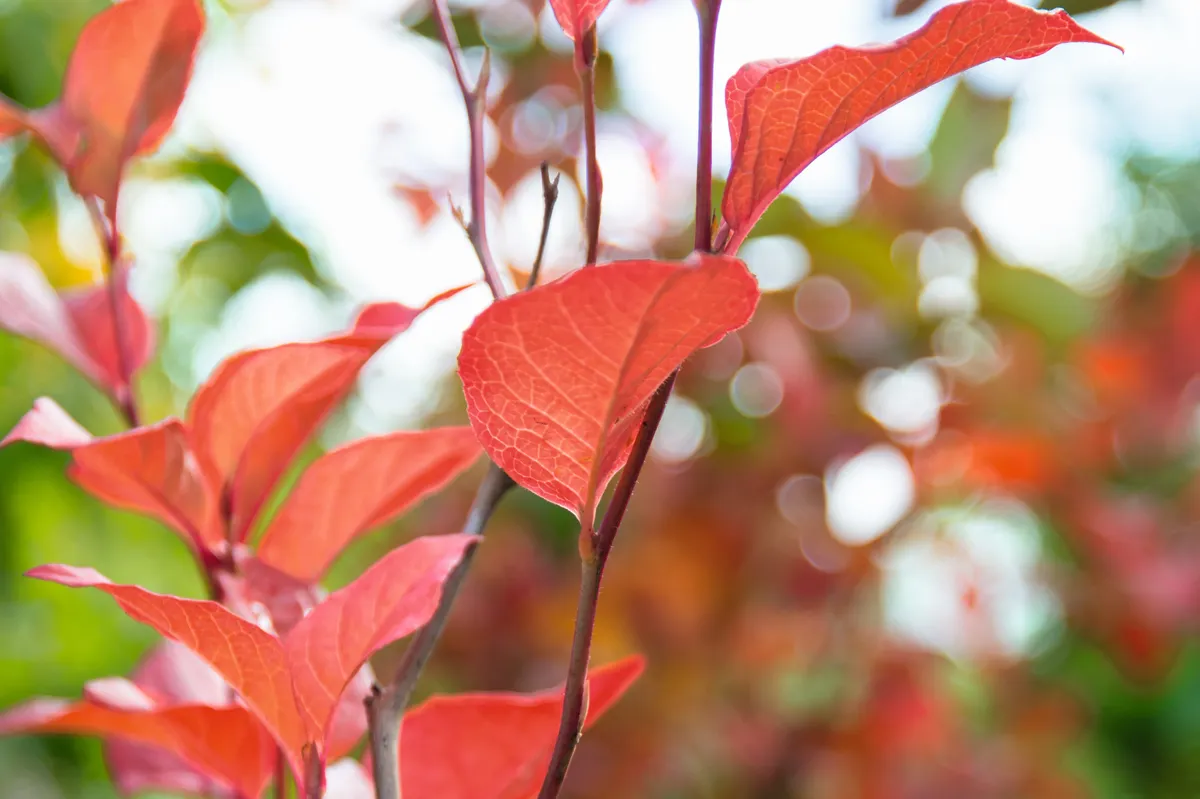
Beautiful flaking, camouflage-style bark in shades of grey, brown and burnt ochre. Autumn colour ranges from darkest claret to bright orange. Prefers peaty conditions and light shade.
Height after ten years 3-5m. Ultimate height 12m. Ultimate spread 6m. Hardiness rating RHS H5, USDA 8a.
Why do leaves change colour in autumn?
The leaves of deciduous trees change colour in autumn as the green chlorophyll in their leaves breaks down, triggered by cooler weather. This means that the other pigments in the leaves (such as the yellow and red ones) are more visible. The resulting colourful foliage extends the season and provides interest alongside beautiful autumn flowers.

How to choose and buy the perfect autumn tree
- Consider the tree's ultimate size. Always opt for a tree of a scale and shape that can be accommodated within the space you have in mind.
- Check the tree's needs in terms of soil, access to light, hardiness and so on.
- Bear in mind that as a rule of thumb, a tree's rootball is ultimately the same size as it's crown.
- If you're buying a young tree, check it's not pot bound and make sure that is has a good, even shape.
- If you're buying a grafted tree, ask which type of root stock was used.
- We recommend going to visit gardens and specialist tree nurseries to see the tree in situ, before you buy it – ideally in the season that you want it to be looking its best. It's the best way to get a real feel for its appearance.
How to plant autumn trees
- Ideally, plant when the tree is dormant, between November and March.
- Dig a square hole that's the same depth as the rootball, but wider (a square hole lets the roots spread, without encircling each other)
- Back fill with soil, and firm and water in well.
- Water regularly during dry spells in the first growing season (from when the tree starts to leaf up until the leaves fall in autumn).
- Stake the tree immediately after planting if the area is exposed.
Where to buy autumn trees
- Crocus
- Thompson & Morgan
- Dobies
- Suttons
- Van Meuwen
- Gardening Express
- Barcham Trees
- Bluebell Nursery
- Deepdale Trees
- Majestic Trees
- Kwekerij Arborealis
Where to see autumn colour
- Royal Botanic Gardens, Kew, London
- Westonbirt Arboretum, Gloucestershire
- Winkworth Arboretum, Surrey
- Sheffield Park, Sussex
Why not compare autumn trees in person before making your decision? We've listed the best autumn gardens to visit for spectacular colour displays.